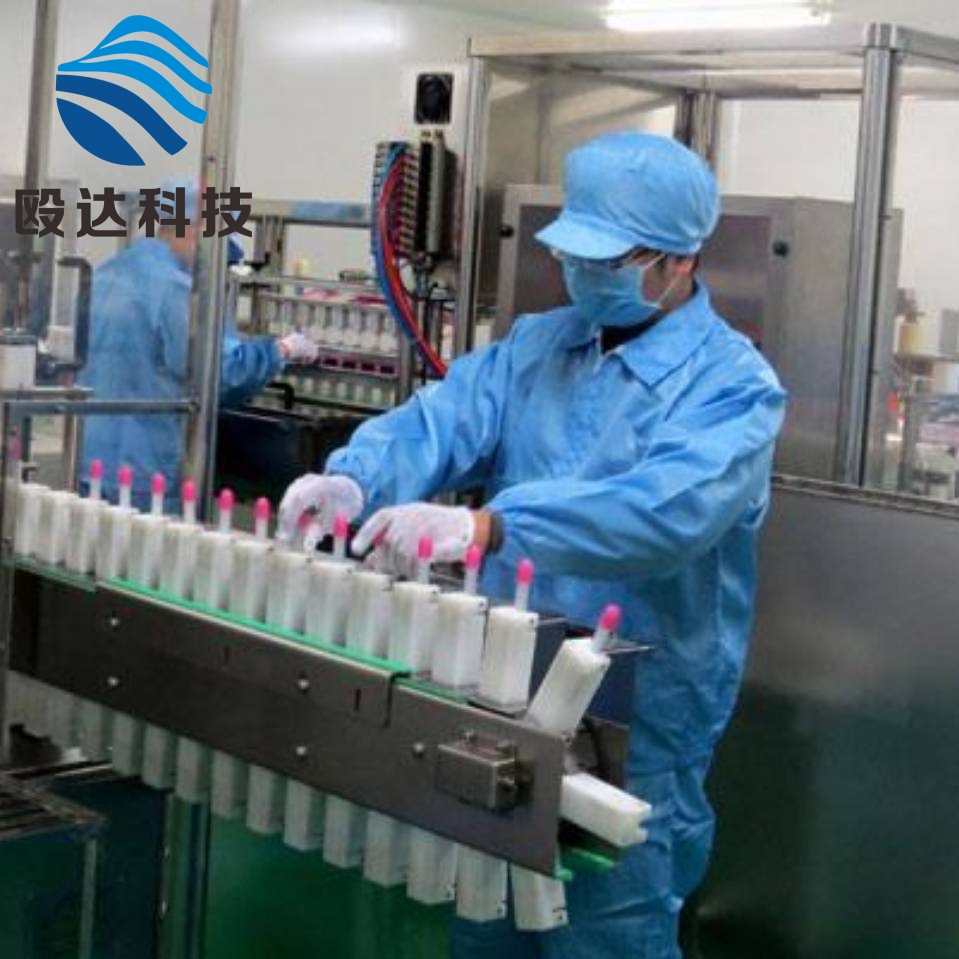-
Categories
-
Pharmaceutical Intermediates
-
Active Pharmaceutical Ingredients
-
Food Additives
- Industrial Coatings
- Agrochemicals
- Dyes and Pigments
- Surfactant
- Flavors and Fragrances
- Chemical Reagents
- Catalyst and Auxiliary
- Natural Products
- Inorganic Chemistry
-
Organic Chemistry
-
Biochemical Engineering
- Analytical Chemistry
- Cosmetic Ingredient
-
Pharmaceutical Intermediates
Promotion
ECHEMI Mall
Wholesale
Weekly Price
Exhibition
News
-
Trade Service
2020 Nian CHINET Chinese antimicrobial resistance monitoring results suggest that the top five rankings are bacteria Escherichia coli, Klebsiella pneumoniae, Staphylococcus aureus, Pseudomonas aeruginosa and Acinetobacter baumannii
.
As in previous years, negative bacteria still have an absolute advantage.
2020 Nian CHINET Chinese antimicrobial resistance monitoring results suggest that the top five rankings are bacteria Escherichia coli, Klebsiella pneumoniae, Staphylococcus aureus, Pseudomonas aeruginosa and Acinetobacter baumannii
Many studies have confirmed that the production of extended-spectrum β -lactamase ( ESBL ) and carbapenemase are still the most important resistance mechanisms of Enterobacteriaceae, including Enterobacteriaceae
Since the ESBLproduced by clinically isolated strains in China is mainly hydrolyzed cefotaxime or ceftriaxone CTX-M, some experts have suggested that the resistance rate to ceftriaxone or cefotaxime can be used to reflect the true ESBLproduction of bacteria .
It can be seen that for clinical purposes , ESBL-producingEnterobacter bacteria is still the main drug resistance problem that needs to be addressed .
Carbapenem antibiotics due to the production of ESBL remain highly sensitive to E.
coli bacteria purpose, it is on our clinical response to severe infection , repeatedly spectacular of the " magic "
Carbapenem antibiotics due to the production of ESBL remain highly sensitive to E.
coli bacteria purpose it is to deal with our clinically severe infection , repeatedly spectacular of infection " magic weapon "
The Ohio State University Medical Center recommended as early as 2010 : Enzyme inhibitors and class 2 carbapenem drugs have anti-Pseudomonas aeruginosa activity.
Goldstein et lasted 4 years studies have confirmed that ertapenem use reduces certain extent imipenem, levofloxacin, cefepime and piperacillin / he tazobactam clinical exposure, thereby protecting more than one drug for Pseudomonas aeruginosa The sensitivity of the monospores can effectively improve the hospital's drug-resistant environment
.
.
A study by Korean scholars found that the use of ertapenem was negatively correlated with the detection rate of environmental bacteria (carbapenem-resistant Acinetobacter) in the 4- year monitoring of drug resistance in the ICU ward .
CHINETsurveillance showed that the resistance rate of Pseudomonas aeruginosa to imipenem and meropenem showed a downward trend in the past two years; the resistance rate of Acinetobacter baumannii to imipenem and meropenem declined for the first time .
However, environmental bacteria are still the main pathogens of nosocomial infections, and once nosocomial infection occurs, the resistance of environmental bacteria is crucial for the outcome of treatment .
Pseudomonas aeruginosa is prone to form biofilms, and the virulence of Acinetobacter has shown an increasing trend in recent years, which further brings difficulties to clinical treatment .
CHINET surveillance showed that the resistance rate of Pseudomonas aeruginosa to imipenem and meropenem showed a downward trend in the past two years; the resistance rate of Acinetobacter baumannii to imipenem and meropenem declined for the first time .
However, environmental bacteria are still the main pathogens of nosocomial infections, and once nosocomial infection occurs, the resistance of environmental bacteria is crucial for the outcome of treatment .
Pseudomonas aeruginosa is prone to form biofilms, and the virulence of Acinetobacter has shown an increasing trend in recent years, which further brings difficulties to clinical treatment .
Scholars such as Dinubile conducted a subgroup analysis study on the colonization of drug-resistant Gram-negative bacilli and the colonization of ESBL-producing bacteria ( OASIS Ⅰ and OASIS Ⅱ studies)
after the treatment of abdominal infections with antibacterial drugs .
In the OASIS Ⅰ and OASIS Ⅱ study, comparative embodiment are 4-14d piperacillin / tazobactam ( OASIS Ⅰ Research) and ceftriaxone / metronidazole ( OASIS Ⅱ Research) and Ertapenem
Scholars such as Dinubile conducted a subgroup analysis study on the colonization of drug-resistant Gram-negative bacilli and the colonization of ESBL-producing bacteria ( OASIS Ⅰ and OASIS Ⅱ studies)
In summary, in clinical response to infections caused by ESBL-producing Enterobacter bacteria, it is appropriate to select cases to use Class 1 carbapenem instead of Class 2 carbapenems, which can not only ensure clinical efficacy, but also protect Class 2 carbapenems.
Mycene is sensitive to non-fermenting bacteria, and long-term application can play a positive role in improving the hospital's drug-resistant environment
In summary, in clinical response to infections caused by ESBL-producing Enterobacter bacteria, it is appropriate to select cases to use Class 1 carbapenem instead of Class 2 carbapenems, which can not only ensure clinical efficacy, but also protect Class 2 carbapenems.
Mycene is sensitive to non-fermenting bacteria, and long-term application can play a positive role in improving the hospital's drug-resistant environment
.
Leave a message here







